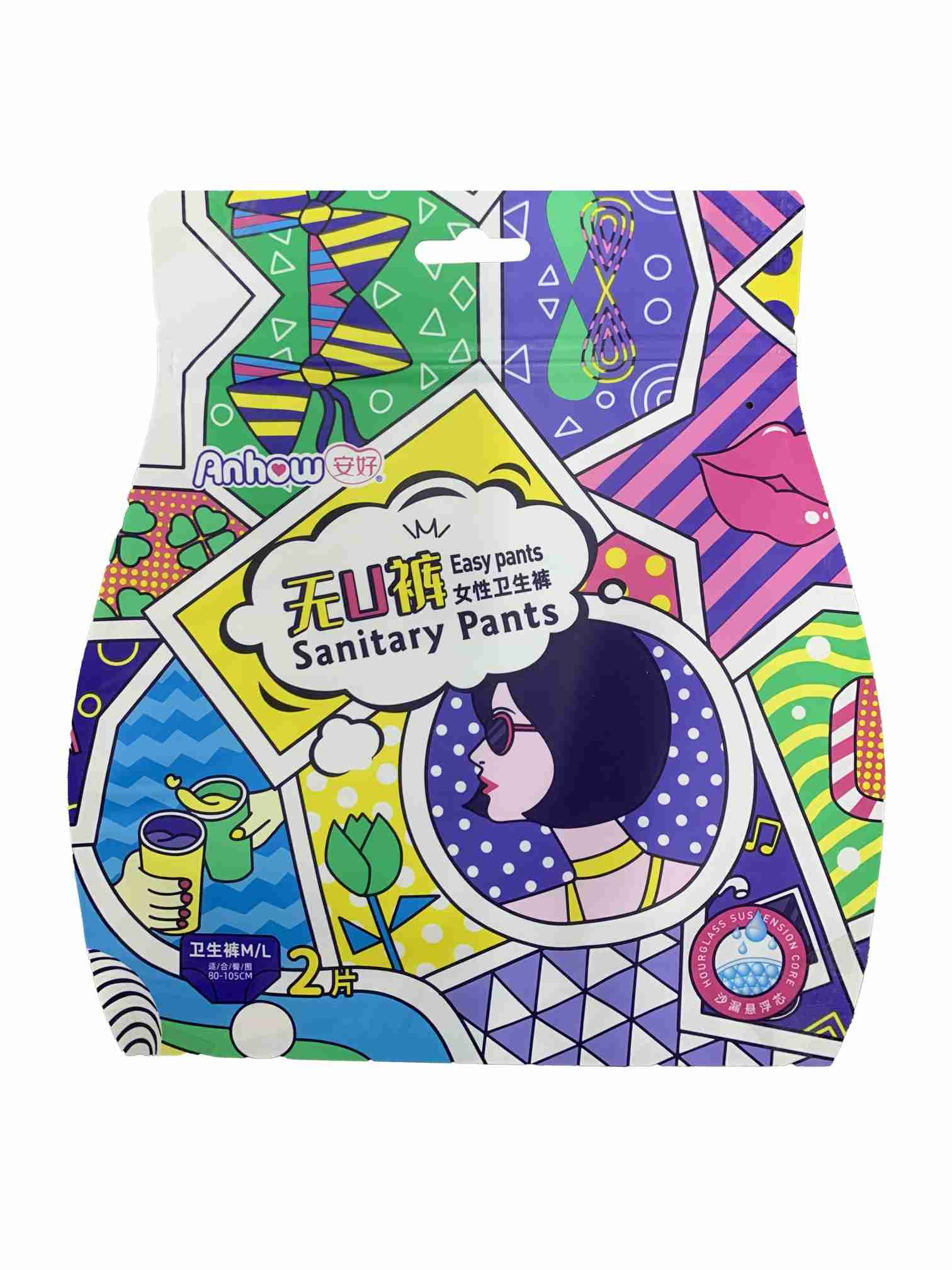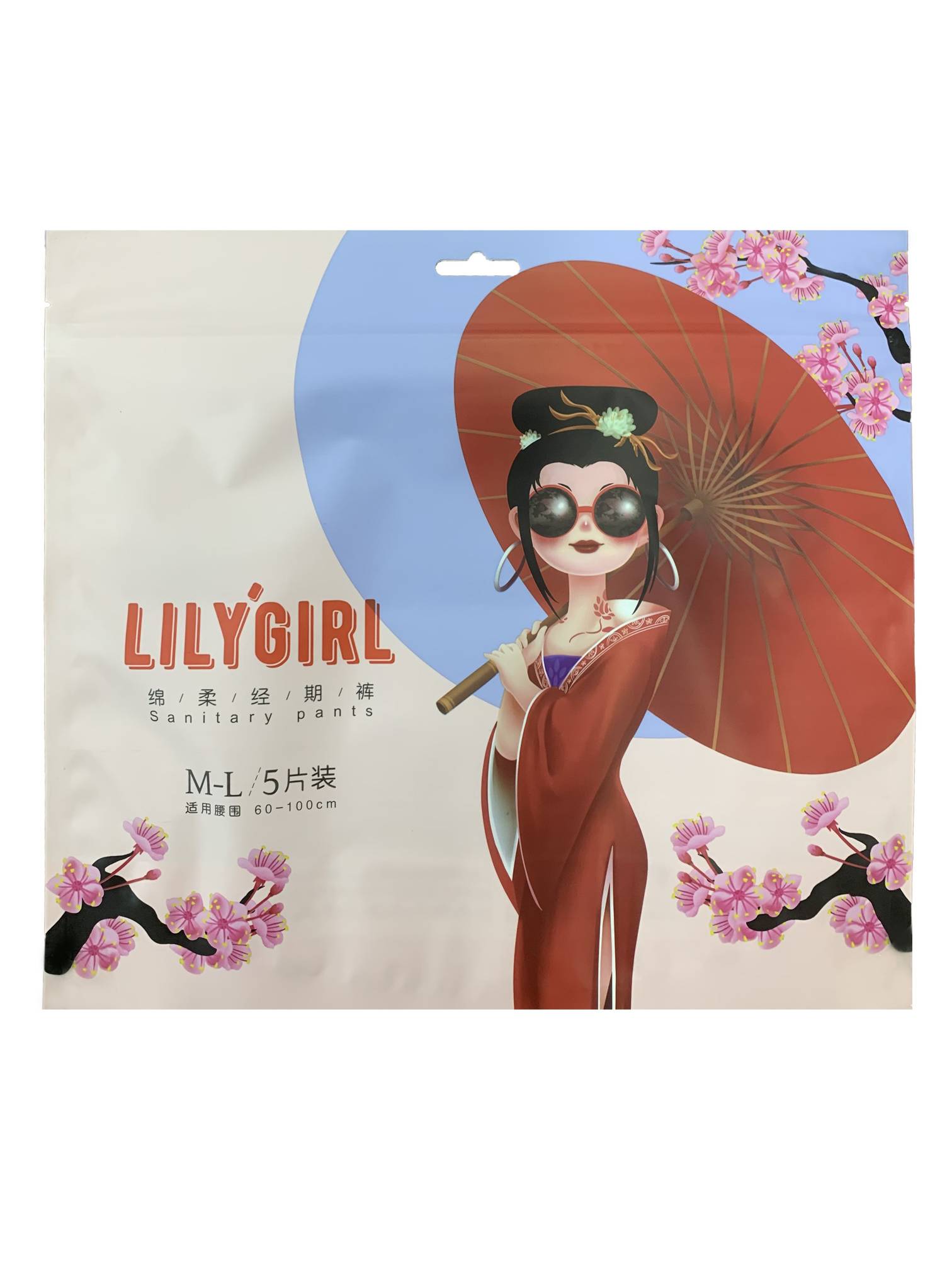Author:Tansox Packaging Poly Bags Manufacturer TIME:2025-04-25
Printed packaging plastic bags are commonly used in various industries to package products, ranging from food and beverages to clothing and electronics. These bags not only serve as a marketing tool by showcasing brand logos and product information, but they also offer an essential function in protecting the contents. One key concern for manufacturers and consumers alike is the protection against moisture. Moisture can have detrimental effects on product quality, leading to spoilage, degradation, or loss of integrity. In this article, we will explore whether printed packaging plastic bags offer sufficient protection against moisture and what factors influence their effectiveness in keeping moisture at bay.

Plastic packaging is designed to provide a barrier between the product and external elements, such as air, light, dust, and moisture. Plastic bags, whether printed or plain, are commonly used because they are lightweight, cost-effective, and versatile. In terms of moisture protection, plastic packaging plays a critical role in preventing water from penetrating the bag and reaching the contents inside. However, the level of protection depends on the type of plastic used and the specific construction of the bag. Not all plastic bags are created equal when it comes to moisture resistance.
Plastic bags come in various types, each offering different levels of moisture protection. The most commonly used plastics in packaging include polyethylene (PE), polypropylene (PP), and polyethylene terephthalate (PET). Among these, polyethylene is often used for its moisture-resistant properties, making it an ideal choice for packaging products that require protection from water or humidity. Low-density polyethylene (LDPE) and high-density polyethylene (HDPE) are variations of PE, with HDPE offering a stronger and more durable barrier to moisture. On the other hand, polypropylene is typically used for packaging products that do not require an airtight seal, such as dry food products.

When it comes to printed plastic bags, the print itself does not impact the bag's ability to protect against moisture. The main consideration for moisture protection is the type of plastic and the bag's thickness. Thicker bags tend to provide better resistance against moisture, as they have a more substantial barrier to prevent water from entering. However, printed plastic bags that are too thin may still allow moisture to penetrate over time, particularly if they are exposed to extreme humidity or wet conditions.
In terms of effectiveness, it is important to note that plastic bags are not impermeable. They can provide a degree of moisture resistance but are not entirely waterproof. Products that are sensitive to moisture, such as electronics, perishable foods, and pharmaceuticals, may require additional protective measures such as moisture-proof coatings, desiccants, or vacuum-sealed packaging to ensure long-term protection. For general consumer goods, printed plastic bags can offer adequate protection against moderate moisture levels, but their effectiveness may decrease if exposed to extreme conditions.
The design of the plastic bag itself plays a significant role in moisture protection. Bags that are tightly sealed, with no openings or weak points, are more effective at keeping moisture out. Many plastic bags feature zip-lock closures, heat-sealed edges, or adhesive flaps that help prevent water from entering. Additionally, the inclusion of multiple layers in the design of the bag can enhance its moisture barrier properties. Multi-layer bags are often used for products that require extra protection against environmental factors like humidity and rain.
Furthermore, printed plastic bags that are designed for moisture protection may also feature specialized coatings or treatments that enhance their barrier properties. These coatings are typically applied to the interior of the bag and act as a secondary layer to prevent water from reaching the contents. This added layer of protection is particularly useful for products that need to stay dry during shipping or storage, such as clothing or electronics.

While plastic bags can offer moisture protection, it is important to consider the environmental factors that may affect their performance. For instance, exposure to high humidity or extreme weather conditions can compromise the integrity of the bag. Prolonged exposure to moisture can cause plastic bags to weaken, leading to potential breaches in the bag's structure. This is particularly true for single-use plastic bags that are not designed for long-term storage. In such cases, products may still be exposed to moisture, even if the plastic bag is initially effective in providing protection.
Additionally, temperature changes can also impact the effectiveness of plastic packaging. For example, when plastic bags are exposed to extreme heat, they may become brittle and more prone to cracking. This can result in gaps that allow moisture to seep in, even if the bag was originally sealed. Therefore, it is crucial to assess not only the bag's material but also the conditions under which it will be used or stored.
While printed plastic bags offer a degree of moisture protection, they may not always be the best option for certain products. For items that are highly sensitive to moisture, such as food products or electronics, more advanced packaging options may be required. Vacuum-sealed bags, foil pouches, and moisture-barrier films are commonly used in industries where moisture protection is paramount. These packaging solutions are designed to provide a higher level of protection, with the ability to block moisture more effectively than standard plastic bags.
In addition, companies may use desiccants, such as silica gel packets, to absorb moisture within the packaging and further reduce the risk of damage. These desiccants are often placed inside the bag or package to help maintain a dry environment. For products that require long-term storage or shipping across diverse climates, using more specialized packaging materials can ensure that moisture does not compromise the quality of the product.
In conclusion, printed plastic packaging bags do offer some protection against moisture, but their effectiveness depends on several factors, including the type of plastic used, the bag's thickness, and its design. While plastic bags are an affordable and convenient option for many products, they may not be sufficient for items that are particularly sensitive to moisture or extreme environmental conditions. For products requiring superior moisture protection, companies may need to explore alternative packaging solutions or incorporate additional protective measures to ensure the longevity and quality of the contents. Ultimately, the choice of packaging should be based on a careful evaluation of the product's needs and the environment in which it will be stored or transported.